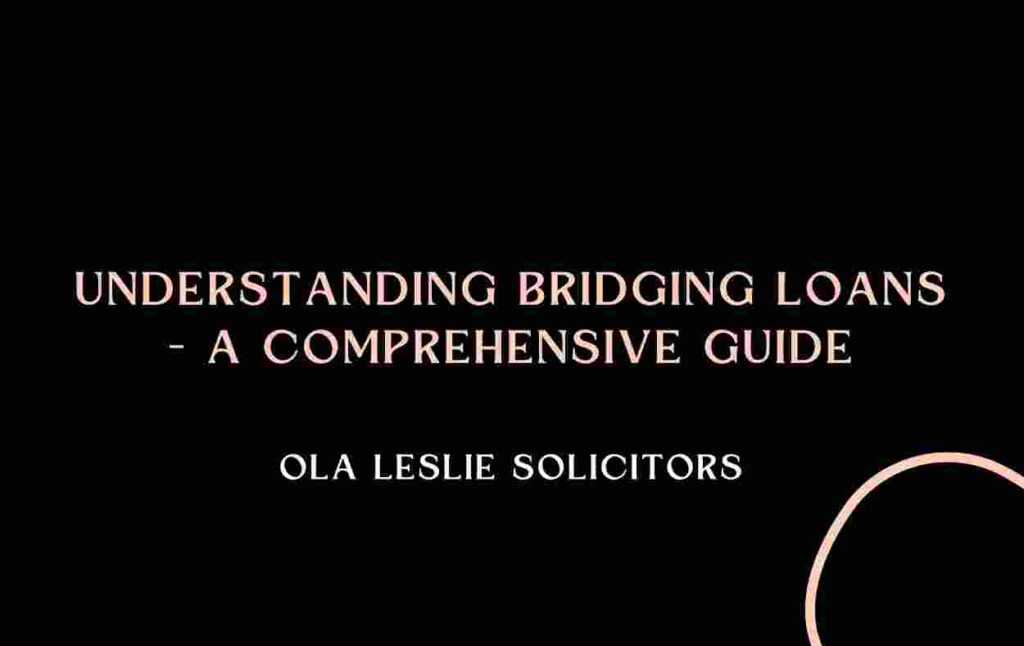
Bridging loans can be useful when a purchaser wants to buy a new home before selling the old one. It can help to ‘bridge the gap’ for a short period. Bridging loans can also be used if you buy a property at auction, where you need the money immediately but may not have sold your current property yet.
A bridging loan is a secured loan, meaning there must be an asset to set it against. That asset will usually be a property or multiple properties. Note that if the purchaser cannot repay the loan, he or she bears the risk of losing the asset secured against it.
The brokers can release the loan within days – giving the borrower an almost-immediate short term fix.
Depending on the agreed deal, borrowers can take up to a year or 24 months to pay back the loan; however, they could stand to save a lot of money if they repay the loan as quickly as possible.
Very large sums of money can be granted. Loans reaching into tens of millions can be agreed, and that allows people to cover the purchase of multiple properties.
A bridging loan can usually be completed in 5-14 days. The actual timescale will depend on the bridging loan the borrower is taking and the lender chosen. For example, a loan for extensive property refurbishment may take a little longer than a simple auction purchase.
Read more on how bridging loans can expedite your property purchase
Taking out a bridging loan through a reputable lender can be very profitable if used to fund the right transaction. When buying a property below market value using an open market value (OMV) bridging loan or refurbishing/altering a property, there are often large profits to be made using a property refurbishment loan.
When things are tight or a new project is being taken on, more outgoings are the last thing you need. Unlike mortgages, bridging loans are unique in borrowing terms as there are often no monthly payments to make. Instead, the borrower can repay your bridging loan interest at the same time as the loan is repaid.
This makes bridging loan repayments far easier to manage than other, similar types of debt.
Bridge loan lenders often come across strange or difficult transactions, but are often able to make them work, with interest rates to suit your circumstances.
Bridging loans are a flexible form of lending, and they can be arranged both quickly and with minimal hassle. When one needs to raise funds to cover a pressing financial matter quickly, a bridging loan could be ideal.
Bridging loans can be used to prevent financial loss. For example, when looking to pay an urgent bill, such as a tax bill, which, if left unpaid, could result in adverse credit being registered against our credit file.
Any adverse credit added to your credit file could result in a higher cost of borrowing, or even an inability to borrow in the future.
141-142 Lower Marsh,
London SE1 7AE
Recent Posts



“Ola Leslie Solicitors LLP is a limited liability partnership. Registered in England and Wales. Registered no: OC374424.
Regulated by the SRA and registered under SRA ID: 612672”
Copyright 2024 Olaleslie | All Rights Reserved